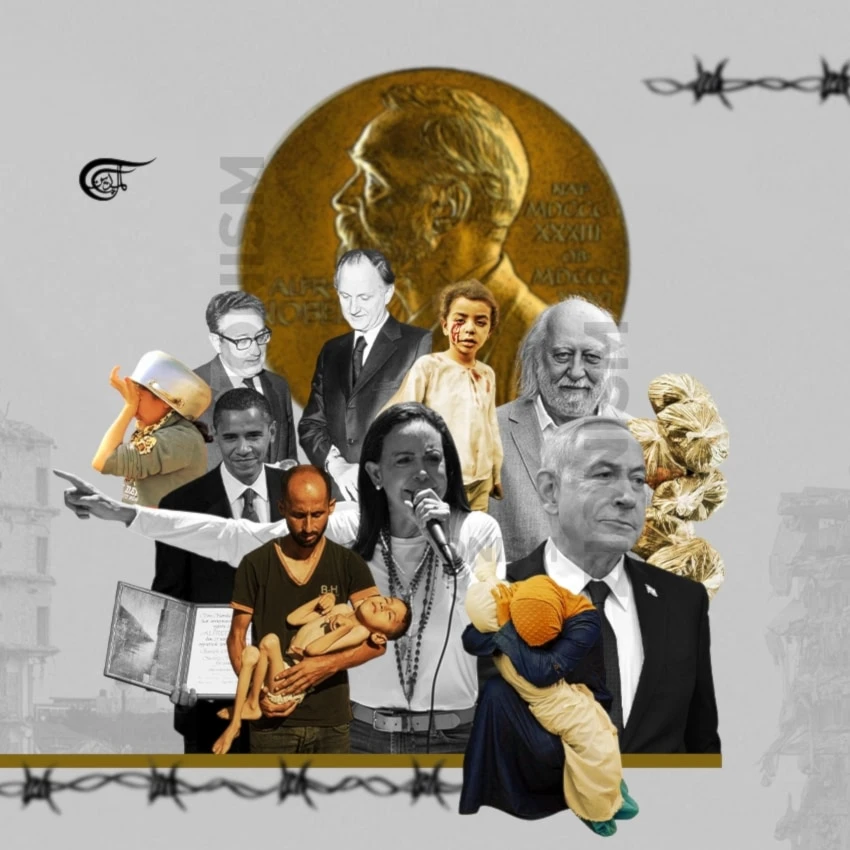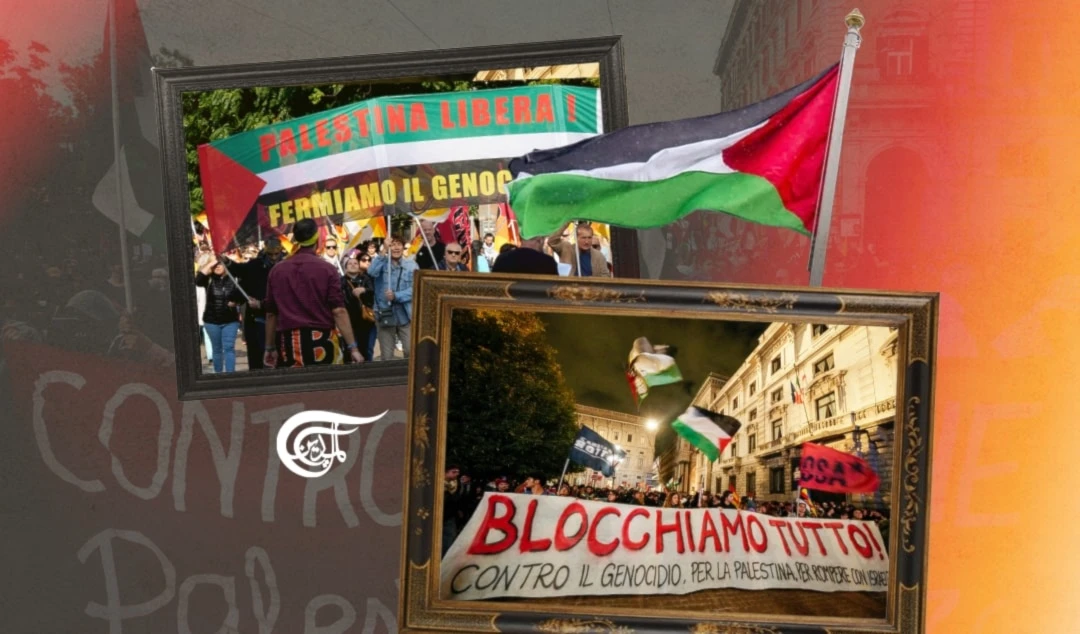American Education System at an Impasse
House Bill 1134, if passed, would effectively limit the teachers' ability to teach topics regarding race, religion, sexuality, and political affiliation.
-

American Education System at an Impasse
The debate in the United States about Critical Race Theory (CRT) has been ongoing since the Trump presidency. Indiana is the newest state to enter the fray, but before we examine the specifics of this debate in Indiana, a general definition of CRT will be given. According to Patrick D. Anderson of the Black Agenda Report, both sides of the debate are “abysmally uninformed at best and utterly inaccurate at worst. From corporate media and right-wing rags to independent left media, almost everyone has misrepresented or misunderstood the origins, histories, and theories of what is today known as CRT”. (1) Conservatives believe that CRT is a ‘Marxist’ plot to undermine American education and democracy in one fell swoop. Liberals believe that by using CRT in the classroom, we can finally advance to a post-racial society where all the contradictions of American society are smoothed over and harmony reigns. As we will see, both answers are far from the truth. One California teacher, Dejay Bilal, defines Critical Race Theory in a twofold manner:
If we travel the history of CRT, we see that two different ideological traditions emerge: one that aligns with idealism & one that aligns with realism…The former was most notably led by scholar Kimberle Crenshaw—a scholar who made headlines recently alongside Angela Davis & Cornell West for their shameless new capitalist venture and Master Class experience that targets liberal, white audiences…Many realist CRT scholars like Derrick Bell often placed racism in an economic context while presenting anti-colonial and anti-imperialist critiques of Amerika—but, idealists like Kimberle Crenshaw often present racism as a psychological issue that exists solely within the white consciousness. (2)
Examining the role of race in economic processes, legal codes, and educational policy is important in the context of the United States. Bell shows us that American racism can be observed through three lenses: materialism, realism, and anti-colonialism. This is because the history of the United States is one with chattel slavery, Jim Crow segregation, and mass incarceration and prison labor as backbones of the economic, social, and political scene. The history of the United States, then, is one where race and class are inextricably linked. This is bound to have profound effects on the educational system.
Given this definition of CRT, it is unsurprising that the state of Indiana is attempting to pass House Bill 1134, which would effectively limit teachers in their ability to teach topics regarding race, religion, sexuality, and political affiliation. According to Allie Griffith, an Indiana educator (3), the passing of this bill would be harmful to teachers, students, and education in general:
For teachers, the policing of their scholarship and curriculum undermines our expertise as public intellectuals and professionals who respond to the world around us and our own students' needs while creating our course structure and choosing content… [f]or students, these bills undermine their ability to become scholars who deserve the opportunity to critically analyze our nation's past and present, in all its truth, not a sanitized version.
This bill would force schools to create a curriculum advisory board which approves or denies content in the curriculum of their teachers. This board is to be made of teachers, parents, and students.
In a report done about this bill, journalist Carter DeJong pointed out that 96% of Indiana school districts reported a shortage of teachers in 2021. With covid-19 raging this winter and teachers struggling to stay healthy in tightly packed classrooms, it seems that teachers have other issues on their minds. Students and families do as well; according to data from Annie E. Casey Foundation, from 2008-2017 students in Indiana who receive free and reduced lunch went from 39-47%. In a state where 96% of school districts are facing a teacher shortage, and roughly 50% of students do not know where their next meal will come from, adding more work to the teacher’s load while also placing a wedge of mistrust between teachers, parents, and students does not seem like sound policy.
If this bill were to pass, teachers would not only need to provide curriculum to parents and the oversight committee but also if a parent disapproves of any of the curriculum items it is then up to the teacher to provide that one student with an alternative curriculum to suit the parents’ wishes. As Ms. Griffith points out: The main crisis that will result from these anti-CRT bills, in my opinion, is not only the mistrust of teachers/undercutting their expertise and misunderstanding of schooling in general, but the larger consequence of shielding students from having conversations about racism and unfiltered truth about our nation's past.
When asked the same question regarding the crises which will arise due to bills like this one passing, Bilal pointed out that as radical educators, the challenge will be in combating both the reactionaries and the liberals who seek to dilute anti-racism by using colonial frameworks:
What theories serve our liberatory praxis and what theories serve the colonial project? How will we teach our students to discern the difference between colonial logic and revolutionary logic?
The attempts at censorship of educators contain therein a great deal of irony. As a middle school teacher in the US, the book 1984 by George Orwell is a staple piece of the curriculum.
Does this book not warn us about the dangers of censorship and reorganizing our language to fit within the narrow bounds of ‘acceptability’ by the powers that be? While this author agrees that it does, the irony lies in the fact that 1984 is used rhetorically by conservatives to warn of the dangers of ‘communism’ in our schools and society. Yet the conservatives are the ones putting forward legislation that undermines teachers, pits parents against schools, and prevents students from learning American history in its totality. Given that the liberal form of CRT is the one that has gained currency among the academic elite of the United States, the conservative outcry makes sense. This is because the liberals are concerned with the symptoms of racism rather than the root causes and blame individual conservatives rather than understanding that the entire structural model of education in this country operates on what radical educator Paolo Freire called the "banking model". This is the common view wherein teachers are seen as vessels full of knowledge and students are passive recipients of that knowledge. It is in moments like these that we see American liberals and conservatives represent a distinction without a difference. In conclusion, as Patrick Anderson points out:
Given the diametrical opposition between Bell’s CRT and contemporary liberal-patriotic CRT, it comes as no surprise that Bell is missing from the debate. For if Bell’s philosophy became part of the debate, the establishment functionaries who claim to carry the mantle of CRT today would be exposed for the pseudo-radical frauds that they are.
In order to fix the American education system, a great many things need to be done. For example, teachers, parents, and students need to be empowered to participate collectively in the education process, children should be fed nutritious foods instead of the poison they are given currently, teachers should be paid more, history should not be revised, and curriculum should be based on its rigor not the subjective feelings of lawmakers.
References:
1. Anderson, Patrick The Conspicuous Absence of Derrick Bell–Rethinking the CRT Debate, Part 1. Black Agenda Report, 23 July, 2021.
2. Interview done by the author via email.
3. Interview done by the author via email.

 Hanna Eid
Hanna Eid
 7 Min Read
7 Min Read











